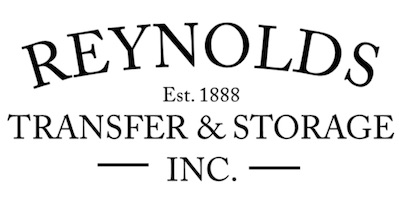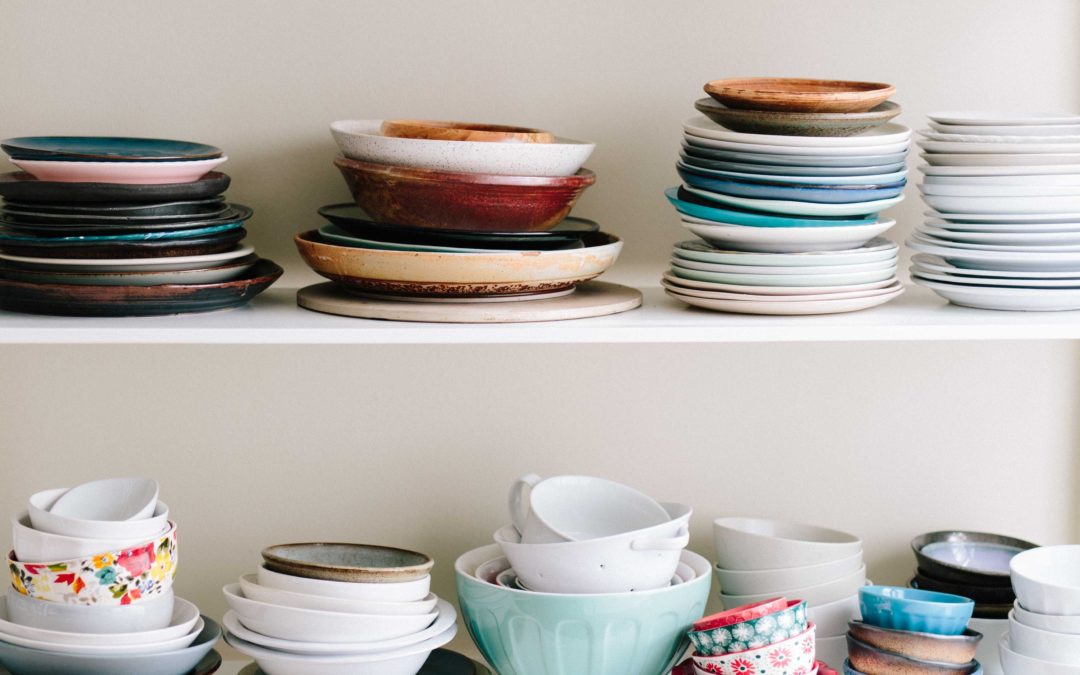Whether you’re downsizing your home or just want to get rid of some belongings, a move is the perfect motivator to declutter your home. The more belongings you have, the more time and space are required for your move. The packing process is a natural fit for sorting through your belongings and deciding what to get rid of and what to bring with you.
While there’s no right or wrong way to declutter, here are some tips for decluttering during your move.
Plan Your Decluttering Strategy
When you decide to declutter, it’s important to plan ahead and give yourself time to organize, sort, make decisions, and pack. During the planning phase, gather your supplies and create a game plan. Supplies you will need for decluttering include moving boxes, trash bags, packing tape, and labels. If you have a paper shredder, you will want to have that nearby as well.
There are several ways you can approach decluttering. You can either declutter your belongings by category or by room. If you are decluttering by category, figure out which items you can do without for the longest time and start sorting and packing those first. You can likely go a few weeks without your books, decor, seasonal items, or movies, so these would be good categories to begin with.
If you’re decluttering by room, start small and don’t try to do everything at once. It’s easy to become overwhelmed by all your belongings, so you can also break down a room into smaller declutter zones. For example, instead of sorting through your entire bedroom at once, start with your bedroom closet, then move onto your dresser.
In addition to starting small, start with items that are easier for you to part with and work your way up to items that are more meaningful and difficult to part with. This will be different for everyone. While one person may have a hard time getting rid of books, someone else may find it hard to part with gifts, and yet another person may struggle with sorting through and paring down papers.
Before you get started, designate a spot in your home to put the items you’ve already sorted through. For items that you’ve decided to part with, try to get them out of your home as quickly as possible, so you can make room for more decluttering.
Sort Your Belongings
Once you have created your decluttering strategy, it is time to start sorting through your belongings. Going category by category or room by room, go through your items and separate them into four piles: keep, donate, sell, and trash or recycling.
- Keep: These are the items that you do not plan to get rid of.
- Donate: Give your belongings a second life by donating them. These are items that may not be in saleable condition but are still usable, or not worth the effort of trying to sell. This is also a good option if there are organizations you want to support by donating.
- Sell: Offset some of your moving costs or make back some of the money you’ve spent on your belongings by selling items you no longer want. These are items that tend to be in good working condition and worth the effort of trying to sell them.
- Trash or Recycling: For expired items, papers, and damaged items, throw them away or recycle appropriately. Create a shred pile for documents that may contain sensitive information.
Make the sorting process part of your daily routine, or set aside designated decluttering times. To keep morale high while decluttering, listen to music, take breaks, and stay hydrated.
While sorting through your belongings and deciding what to keep and what to part with, be practical. Here are a series of questions you can ask to help you decide what should stay and what should go:
- Does it work? Does it fit?
- Will you use it? Will you wear it?
- Do you have duplicates?
- Is it expired? This is especially relevant in the kitchen & bathroom, the areas where you will encounter the most perishables & consumables.
- Is it damaged? Is it repairable?
- Do you want to pack, move, and unpack it?
Pack or Purge Your Belongings
Keep
For items you have decided to keep, if you can do without the item before your move, go ahead and pack it. If you will still need the item prior to moving, put it back in its designated spot in your home.
Donate
For items you have decided to donate, organizations such as Goodwill or St. Vincent de Paul typically accept clothing, linens, furniture, other home goods, books, movies, and other miscellaneous items. You can even donate clothes that are damaged! These may be turned into rags, insulation, upholstery stuffing, or recycled fabric. Damaged towels and blankets can be donated to an animal shelter for use.
Also consider donating your items to smaller, local programs. They will have a good idea of what the needs are locally and how to best utilize your donations.
Sell
If you have quite a few items to sell, it may be worth holding a garage sale. Check and see if there are any local organized garage or rummage sales you can join for an even bigger crowd of shoppers.
You can also try to sell your belongings on an online marketplace such as Craigslist, Facebook Marketplace, or eBay. For clothing items, check out specialized sites such as Poshmark and ThredUp. For tech items, you may be able to trade in your device for cash, gift cards, or discounts from retailers such as Amazon or Decluttr.
Trash or Recycle
When getting rid of items you don’t want to keep, donate, or sell, try to recycle them before they end up in the trash. Some items may be able to go in your household recycling, however many items will need to be recycled separately.
If you are disposing of a mattress, take it to a mattress recycling program. Batteries, electronics, appliances, or chemical substances such as paint or varnish, should be taken to designated recycling centers so they can be disposed of safely. For documents containing sensitive information, either shred them at home or take them to a facility to be shredded before recycling.
Ideally, the only items that end up in the trash are those that are unable to be donated, sold, or recycled responsibly.
If you’re looking for a moving company to help move the items you decided to keep, contact us for more information!


Recent Comments